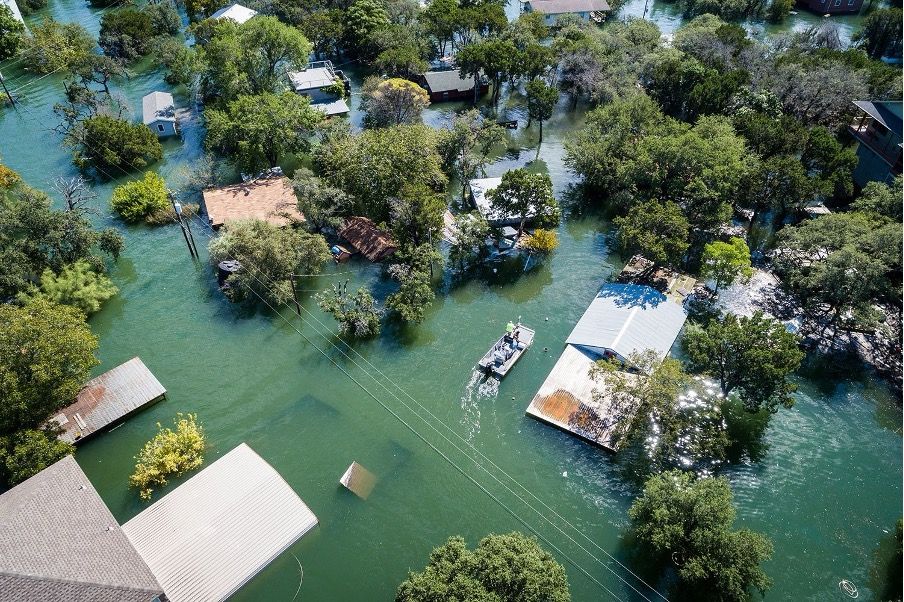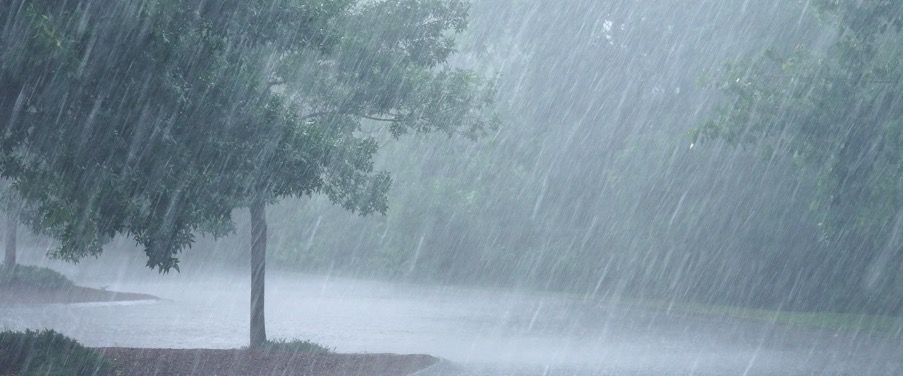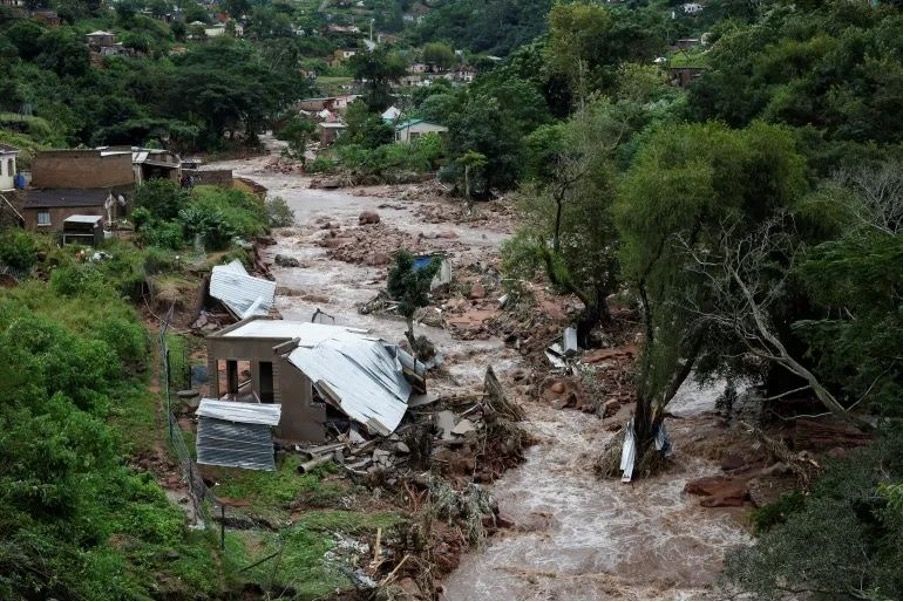The disastrous impact of floods on the life on the planet Earth
Blog > Article > The disastrous impact of floods on the life on the planet Earth

Floods pose significant risks to both individuals and ecosystems.
With billions of dollars in damages worldwide annually, floods have a substantial economic toll, underscoring the urgent need for resilience and mitigation strategies. Amidst these challenges lie solutions, with proactive adaptation measures, such as the application of remote sensing technologies, offering promising avenues for disaster prediction and management.
What causes a flood?
Floods, which are a significant natural hazard, result from various factors, primarily driven by atmospheric conditions and geographic features. Severe flooding typically arises from atmospheric phenomena such as heavy rainfall, rapid snow and ice melt. It can be also provoked by ocean waves advancing onto shorelines, such as during storm surges. A typical fluvial flood can occur when a body like a river, lake or any other overflows with excess of water. These conditions lead to an overflow of water onto land that is typically dry. Geographical attributes play a crucial role in exacerbating flood risks, particularly in areas adjacent to rivers but also surprisingly - heavily urbanised spots.
Flash floods, characterised by rapid onset and little warning, occur when precipitation exceeds the soil's capacity to absorb water, resulting in swift accumulation in rivers and streams, overwhelming drainage systems. Tropical cyclones and hurricanes, common in certain regions, contribute to extreme rainfall and storm surges, causing widespread flooding upon landfall. Similarly, atmospheric rivers, corridors of moisture in the atmosphere, can cause more severe precipitation, leading to flooding and mudslides.
 Floods can be caused by enormous precipitations
Floods can be caused by enormous precipitations
Human activities also contribute to flood occurrences, either intentionally or inadvertently. Rice farming, for example, deliberately floods fields to cultivate rice, necessitating careful engineering to manage water levels. In contrast, unplanned urbanisation and land development can exacerbate floods by reducing natural drainage and increasing runoff.
How is the climate change contributing to the floods’ creation?
Climate change also plays an important role in shaping the dynamics of floods. With rising temperatures, evaporation rates escalate, leading to quicker soil drying. It fuels increased precipitation through enhanced evaporation and moisture retention in the atmosphere, leading to heightened precipitation intensity, duration, and frequency. Hot temperatures also contribute to the melting of ice and permafrost which can highly impact the water levels globally as if all glaciers were to melt the global sea level would be around 60m higher. This shift in precipitation patterns is only exacerbated by temperature discrepancies between latitudes, potentially amplifying extreme hydro-meteorological events, such as heavy storms in winter and prolonged droughts in summer.
Repercussions of a flood
Floods have severe repercussions, affecting both individuals and ecosystems. Physically, floods pose immediate dangers such as serious injuries, and loss of life or homes, especially in fast-flowing waters carrying debris. According to IPS, 250 million people are globally affected by floods every year, while the death toll in Europe stands at more than 100 people yearly. Contaminated floodwater that flows due to the flooding exacerbates health risks, causing illnesses through direct contact or exposure to pollutants. Beyond physical harm, the stress and trauma of flooding or the threat thereof can have enduring psychological effects on communities and individuals.
 The detrimental effects of a flood that took place in 2022 in South Africa causing death of almost 400 people
The detrimental effects of a flood that took place in 2022 in South Africa causing death of almost 400 people
Ecosystems also suffer greatly from habitat destruction due to the floods, facing displacement, drowning or trees’ falling. Erosion and sedimentation, intensified by floodwaters, disrupt natural landscapes by degrading riverbanks, compromising soil quality, and obstructing waterways. These processes not only impair vegetation growth but also impede fish migration and reproduction, ultimately impacting aquatic biodiversity. Water pollution is also dangerous for species and for the agriculture. In particular, agricultural runoff and sewage overflow during floods introduce hazardous substances into the environment, endangering both terrestrial and aquatic ecosystems.
Flooding also impacts the global bank with over $40 billion in damages worldwide annually, underscoring its profound economic ramifications. As flood-related costs continue to escalate, surpassing €5 billion annually in Europe alone, urgent attention is drawn to the imperative of fortifying resilience and mitigation measures against this growing menace. The dire need for enhanced coastal defenses to counteract the escalating risks posed by climate change is underscored by projections indicating potential damages exceeding 776 billion EUR to EU coastal infrastructures by the century's midpoint.
There are solutions to be introduced!
According to Atlas, proactive adaptation strategies offer hope, promising to curtail expected damages by as much as 90% at a cost that is worth only 2% of the avoided destructions. Remote sensing is a very helpful strategy to monitor and define risk areas that should be tackled with great attention. By continuously monitoring risks and providing real-time data, these technologies facilitate timely analysis and enable immediate responses to emerging threats. Through early disaster prediction, effective evacuation plans, and enhanced resilience-building efforts, the destructive impact of floods can be significantly mitigated, saving lives and reducing economic losses.
Furthermore, remote sensing capabilities enable comprehensive data collection over large spatial areas in minimal time, offering insights into terrain properties and facilitating accurate flood mapping and damage assessment. Leveraging remote sensing enables visualisation of topography and, what follows, identification of potential disaster zones. Embracing these technologies not only enhances disaster resilience but also contributes to climate change mitigation efforts, ultimately safeguarding both lives and livelihoods.

Aleksandra Jaworska • May 30, 2024